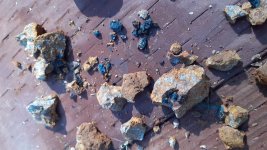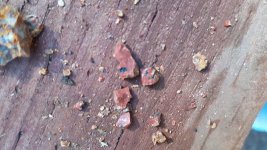I dug these up in my back yard while trying to plant a shrub. The ground is very hard. They are spheres and the outermost layer crumbles, but the inner layers are hard. The center looks like little clumps of charcoal and they are loose. Im finding the clumps of charcoal throughout the dug up soil. I live in Butte County California.
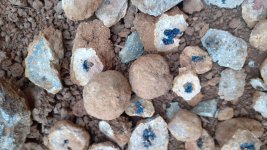
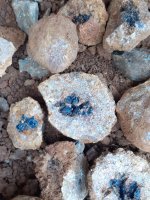
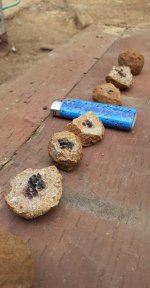
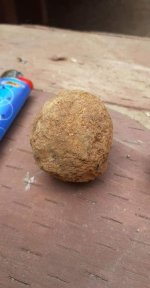
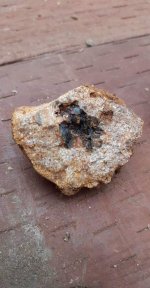
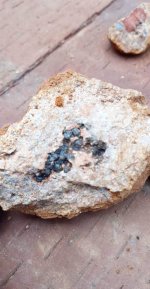


 Best answer I've heard in a long time!
Best answer I've heard in a long time!